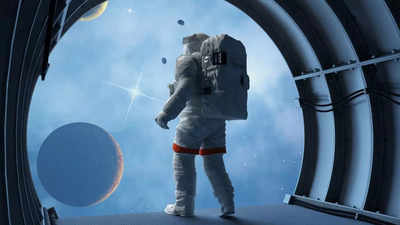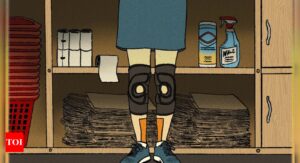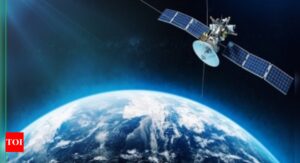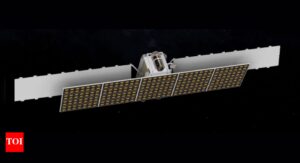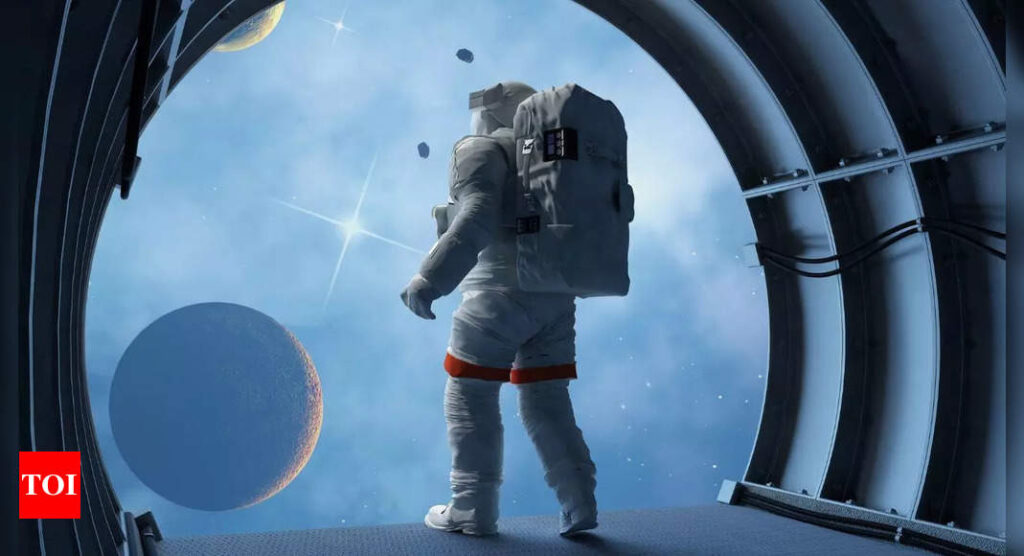
The latest animal study, published on Thursday, found that jumping-exercises could be critical in preventing cartilage damage while gaining bone strength, thus aiding astronauts for long-duration space missions. Although,an animal study in mice, the implications for human beings are rather evident, especially with space agencies trying to plan such extended missions as to Mars or a permanent base on the Moon.
This research offers hope that such simple exercises could help maintain essential joint and bone health in future human space exploration activities, which will include extended stays on the Moon and Mars, ultimately aiding astronauts in their quest for new frontiers.
ESA and Johns Hopkins research highlight jumping exercises to prevent cartilage loss in space
Extended periods of time aboard the International Space Station (ISS) present numerous medical challenges for astronauts due to lack of gravity. ESAcarried out experiments indicating that sustained inactivity in microgravity leads to degeneration of cartilage in astronauts. Lack of movement has negative effects, including thinning of the cartilage and clustering of chondrocytes, which are early indications of arthritis. Such findings highlight the need for preventive modalities to safeguard astronaut health during space missions.
An article in NPJ Microgravity assessed jumping with respect to knee cartilage in mouse models. Jump training three times a week induced thicker cartilage that presented a normal cellular structure in GM mice, researchers at Johns Hopkins University concluded. This suggests that jumping exercise could stave off the adverse effects of immobility in space and, in this way, presents a possible answer to the cartilage demise conundrum facing astronauts.
Importance of healthy cartilage to astronauts
Cartilage is essential in joint health as it acts as a cushion for the bones and gives smooth movement. Healing of cartilage, however, is limited as compared to other tissues, and damage remains a serious concern. In microgravity, decreased movement coupled with space radiation may increase the rate of cartilage degradation and may have adverse effects on the long-term health of astronauts. With the need to move into long-term missions to the Moon and Mars as the next order of the day in human space exploration, cartilage damage is getting more attention.
What does mice jumping exercise reveal about preserving astronaut cartilage and bone health?
The study found that after nine weeks of decreased activity, cartilage thickness was reduced by 14% in the control mice. However, in the jump-training mice, there was a 26% increase in cartilage thickness compared to controls. Further, compared to the reduced activity animals, these jumping mice had 110% thicker cartilage. Jumping also produced an increase of 15% in bone strength, which is an added advantage of this easy exercise.
While these results are encouraging, the researchers warned more studies are needed to realize if human subjects would benefit in an identical manner. The findings would furnish clues to how astronauts might save cartilage and bone structure during extended missions. With plans for Mars missions and other remote vistas, a crucial strategy to counteracting microgravity effects on the human body may involve jump-training or related exercise in astronaut training.
Also Read | Cloudgazing…on Mars! NASA’s Curiosity rover captures beautiful colourful clouds drifting over Mars | Watch
